In 2020, two years ago this month, DrewBoy Creative (DBC) held a virtual art show in response to the pandemic called "Something Hopeful, Please". We asked the artists who participated in the original show to create a new work of art which reflects how their vision of hope has shifted since the pandemic began.
I interviewed Davin Diaz, DrewBoy Creative's president and founder, about the show’s origins and evolution.
Tell me a little bit about how the art show “Something Hopeful, Please” came about.
The pandemic began around February 2020, but then on March 13, when Governor Inslee shut everything down, the pandemic got real for everyone. March 13 also would have been opening night for DrewBoy Creative’s (DBC) annual color show, the “Blue Show”, that year. Our board recognized the pandemic and the gravity of the situation early on and had already canceled the opening reception.
In March to mid-April, we were in a bit of an in between — a twilight zone — as a community, and as a society. I'm not sure where the inspiration came from, but we wanted to do a digital art show, and what better subject to do for a digital show in response to the pandemic, than to do a show about the pandemic?
We as a community were struggling in the very early days. Everything was shut down, there were lines for toilet paper, people were queuing up to get groceries, it was very scary times when we posted the Call [for Art]. I don’t know how quickly we announced the Call for Art; now it seems quick to do a show within less than 60 days because that’s not normally how we roll, but that is what we did for this one.
I do remember how the title came about, which was me posting on Facebook: “What should we call this digital art show about the pandemic?” And I typed, “Something hopeful, please,” in my request. I didn’t want it to be dystopian or negative, but just some sort of optimism in response to the pandemic, and someone posted in the comments: “That should be the title: ‘Something Hopeful Please’.” We posted the Call and we got responses from all around the community — primarily from the Tri-Cities, but there were entries from all over the world, India to Ireland. It was exciting to get our first international submissions, and that was the point of a digital show; we weren’t bound by location.
It was a great show. I’m proud of all our shows but I’m most proud of our shows that are responsive to the times we are living in, because that’s what makes great art. Great art is representative to the time in which it is created, but also good art should transcend time and not be locked into it. Like a good Banksy or Frida Kahlo, Diego Rivera — those images transcend time, but once you understand the times in which they were created it makes them more impressive. The art shows that I'm most proud of are the art shows that are responsive to the moments that we are experiencing together like “Something Hopeful, Please” or the “State of the Union” art show in January 2017. I think the “African American Community & Culture Educational Society (AACCES)” show is another one of those art shows; though not intentionally responsive to the times, it accurately reflects the times in which the show was produced.
DrewBoy Creative produces art shows first and foremost, and the way you did that drastically changed during the pandemic. How did DBC maintain a sense of community producing art shows in that digital landscape?
I always try to incorporate as many people in the planning process as possible. For all our art shows, we have multiple speakers and sponsors handing out awards, and we always have performances. Poetry/spoken word is one of my favorite mediums, so we almost always have spoken word at our art shows. One of the reasons I do that is because poetry is a better vehicle for describing an art show than me trying to describe it in a traditional way. What better way to describe a painting or piece of art than with a piece of art itself? For “Something Hopeful, Please” we had a handful of poets performing. We kept Zoom “Brady Bunch” style. There were so many people, so many faces. I think someone told me there were over 180 people on the Zoom call. It was so nice to see everyone’s faces, especially since we had been so isolated in those first 60 days. I don’t think anyone had really seen anyone in person for a while.
Jaime Torres, one of our board advisors, put a video together and Drew Gale played music. We intentionally brought people in so that it’s not just DBC’s vision or Davin’s vision for what “Something Hopeful, Please” could be. All of us contribute a small part. There were numerous people involved, from [you] Ashleigh, to the board members and volunteers, to the poets and the artists themselves… everyone contributes.
That really speaks to how DBC helped facilitate a sense of community through art during the pandemic and was acutely aware of how COVID was impacting our community, but how did COVID impact DBC?
Obviously, we had to cancel our “Blue Show”, which was a very tough decision from a business perspective. The color shows bring in 75% of our annual operating revenue, so not doing that show meant that we were cutting off a large chunk of our funding, which was a difficult decision, but easy in that it was a pandemic, and we couldn’t go on with that show not knowing anything about the COVID-19 virus. We ended up canceling all our in-person art shows for the next two years. We did do one more digital show in addition to “Something Hopeful, Please”, and that was our “Indigo Show” in 2021. We postponed the “African American Community Cultural Educational Society Show” (the “AACCES Show”). It was scheduled for 2020, then the pandemic hit. We tried moving it to 2021 but it was difficult to predict the state of things, so late 2020 we committed to doing the show in January 2022.
From a business perspective, we went into hibernation mode, not producing in-person shows. But what we were committed to doing was honoring our commitments to Ashleigh Rogers and Confluent Space Tri-Cities, and we continued to pay our contractual obligations to both. I just knew good would come of it… didn't know how or why. So miraculously, 2020 ended up being one of our biggest donation years ever. Community members stepped up and made donations and we received CARES funding through ArtsWA. The grants and government support, combined with private donations (a lot of which was completely unsolicited), made up for our revenue loss from art show production. That allowed us to survive for the next two years.
The pandemic put us in a place to ask ourselves, “What are we doing as an arts organization, and what does that look like?”
DrewBoy Creative is changing and we have opportunities in front of us. Our partner from the very beginning has been Confluent Space Tri-Cities, and the pandemic has impacted them, as well. They are a membership-based organization, and as they reopen, their membership base has become more and more tech-focused. We have established a relationship with a new community event center in the Tri-Cities called The Space. It is where we held our “AACCES Art Show”, and it is where we will hold our May show with Sara Quinn called “I Don’t Know Who Needs to Hear This”.
Where we go from there is up to the universe, and DBC is whatever the community needs it to be. While the organization bears my brother’s name, I hope that people view it as the community’s. DrewBoy’s future is tied to what the community needs, and whatever shape that is, [that] is what DrewBoy will be. If that means more art shows at The Space, that will be great. If that means new shows in Pasco or Kennewick or Spokane or Ellensburg or Pendleton, that will be great too, if there are individuals willing to produce those shows. Because it’s not just the Ashleigh and Davin show, it has to be the Tri-Cities’ art shows. What DrewBoy’s future looks like is tied to what the Tri-Cities looks like, and if there are individuals who are willing to help produce shows and make art and invest time and energy, then DrewBoy will exist.
An important point to make is I and the board members do not make any money. We are almost 100% volunteer driven. We have one individual on contract, who probably puts in more hours than we pay her for. What makes DrewBoy Creative go is all the volunteer hours of the board, of Ashleigh, of all the community volunteers, and the artists, because without them the shows don’t exist.
DBC as we know it started back in 2013 (even though it was not called DrewBoy Creative at that time). We had a second show in 2015, and our first show with Confluent in 2016. I’ve learned a lot about what art shows mean, and most importantly, what art shows mean for a community-focused organization.
So, to go back to the question, COVID shifted the community, but also shifted where DrewBoy fits into it. Our mission is still the same. We produce art shows, first and foremost, by and for emerging artists, and if we do it correctly, it is art from people of diverse and marginalized backgrounds, or artists that challenge the traditional school of thought. That’s where we try to put our emphasis.
Is there anything else you’d like to add about the future of the arts in our community?
It's kind of like DrewBoy — the future of the arts in the community will be based in what the community wants.
I’d love to see Pasco-like galleries in Pasco, Kennewick-like galleries in Kennewick, Richland-like galleries in Richland… just more! More and more and more… it’s not a competitive venture. So, what does the future of art look like in the Tri Cities? It’s up to us. When I was going to open DrewBoy Creative I sat down with at least fifty individuals and talked to them about my vision, and what type of space I wanted to open. I can count on my hands who of those fifty individuals said it could work in the Tri-Cities. One was my wife, one was Rachel Gale, one was Arta Marie, and the other was Nick Napoli, one of the founders of Confluent. Everyone else told me nothing like that would work in the Tri-Cities. The point of me sharing that story is that I could have said “you’re right” and not done it. But I did it anyways, and what I’d like to see is people being themselves and not letting people tell them what is and is not possible. I just want more, and if you do it, I will be your biggest cheerleader.
The future of art in the Tri-Cities is really rooted in the people of the Tri-Cities making the art and supporting the shows.
When we first opened DrewBoy Creative, people would say to me, “This is a great show, thank you for doing this, I can’t believe this is in the Tri Cities, we used to have to go to Portland or Seattle to see something like this.” And those compliments, while I appreciated them, never quite sat right with me. I never understood why, and then I realized it was because I wasn’t trying to create something like Seattle or Portland. I was trying to produce something like the Tri-Cities. I want us to do shows that are uniquely ours.
You know, 2020 was going to be our year. We were approached to do a show at a gallery in Ellensburg and a gallery in Seattle. We were going to export our art to other parts of the state. What makes me so proud of that was those institutions recognized that what we were doing was unique to us. We have a large Latinx community in the Tri-Cities, with a STEM- and agriculture-focused economy. We have these elements that when mixed make this gumbo of cool art which is distinctive to us. We are in a unique part of the state, and celebrating who and what we are will continue to grow the artist community in the Tri-Cities.
“Art has the ability to create a dialogue around difficult subjects like racism, addiction, and mental health — subjects that we often shy away from. Art is a door, not only of expression, but into the fabric that connects us as humans. Through the artistic exchange of ideas, we can change the world.” — Davin Diaz
Then and now: Five “Something Hopeful, Please” artists share their new works of art alongside the original pieces
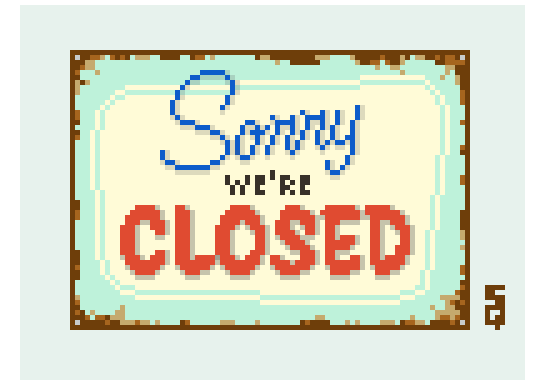
"This sign of the times is all over town, as people are asked to stay home from work, businesses are closing (some, possibly for good), and social distancing measures are put in place due to COVID-19."
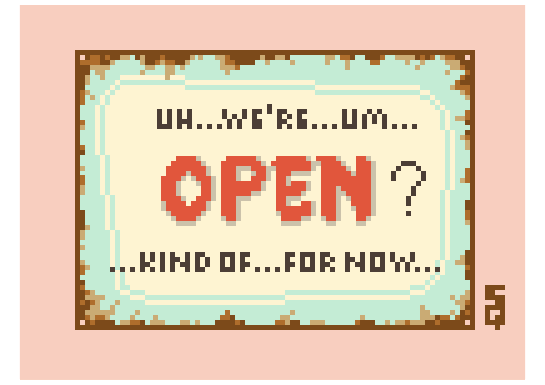
"I sometimes struggle to find hope in this situation we're in — call it a 'crisis of hope.' Whereas the first piece, Sign of the times, was on a background of light gray-blue to signify the misty, unknown future, There is no going back is shown on sunset colors. That's the hopeful bit, actually... the hope that the sun is setting on this global pandemic.
"The main message is pretty explicit: we don't know what tomorrow holds. Businesses that are struggling to stay open are finding it impossible to plan for the future when they don't know what the mandates will be, when the next COVID spike is coming, or if it's even safe to be open at all. How do you balance the health and safety of your employees with your ability to pay those employees?"
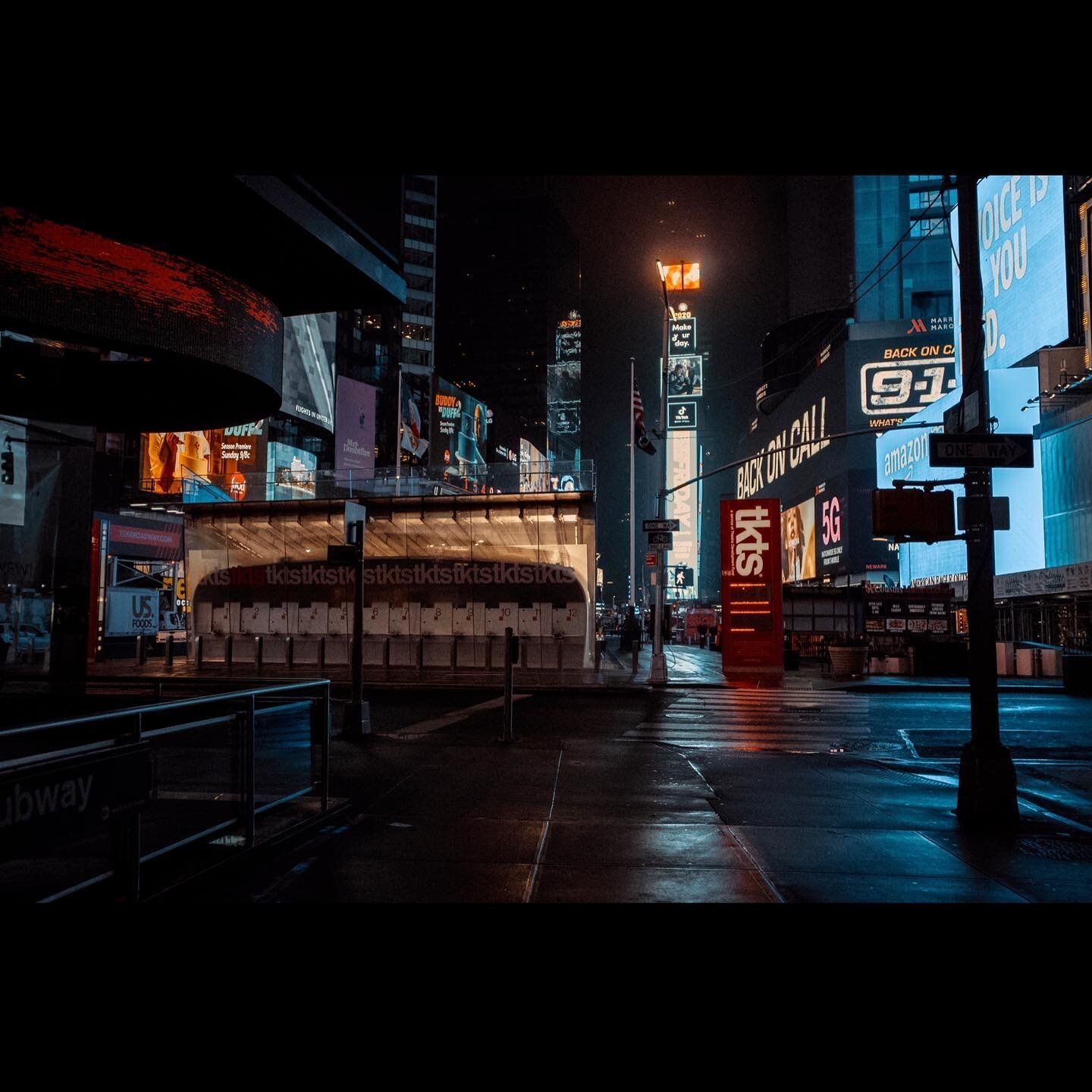
"This is a photo of Times Square from Duffy Square in Manhattan, taken early in March. The scene is devoid of people, which is unusual for Times Square at any hour. The photo represents an unusual moment in history, the shutdown of the country due to COVID-19. The location in the photo is the spot where the final scene of the HBO show The Deuce comes to a close. In this last scene of the finale, the main protagonist of the show returns after 30 odd years to the places he knew in his youth and commiserates with the ghosts of his past. The message is clear: the current moment becomes the nostalgia of the future, and our defining hardships reveal the course of our lives. This moment will pass."
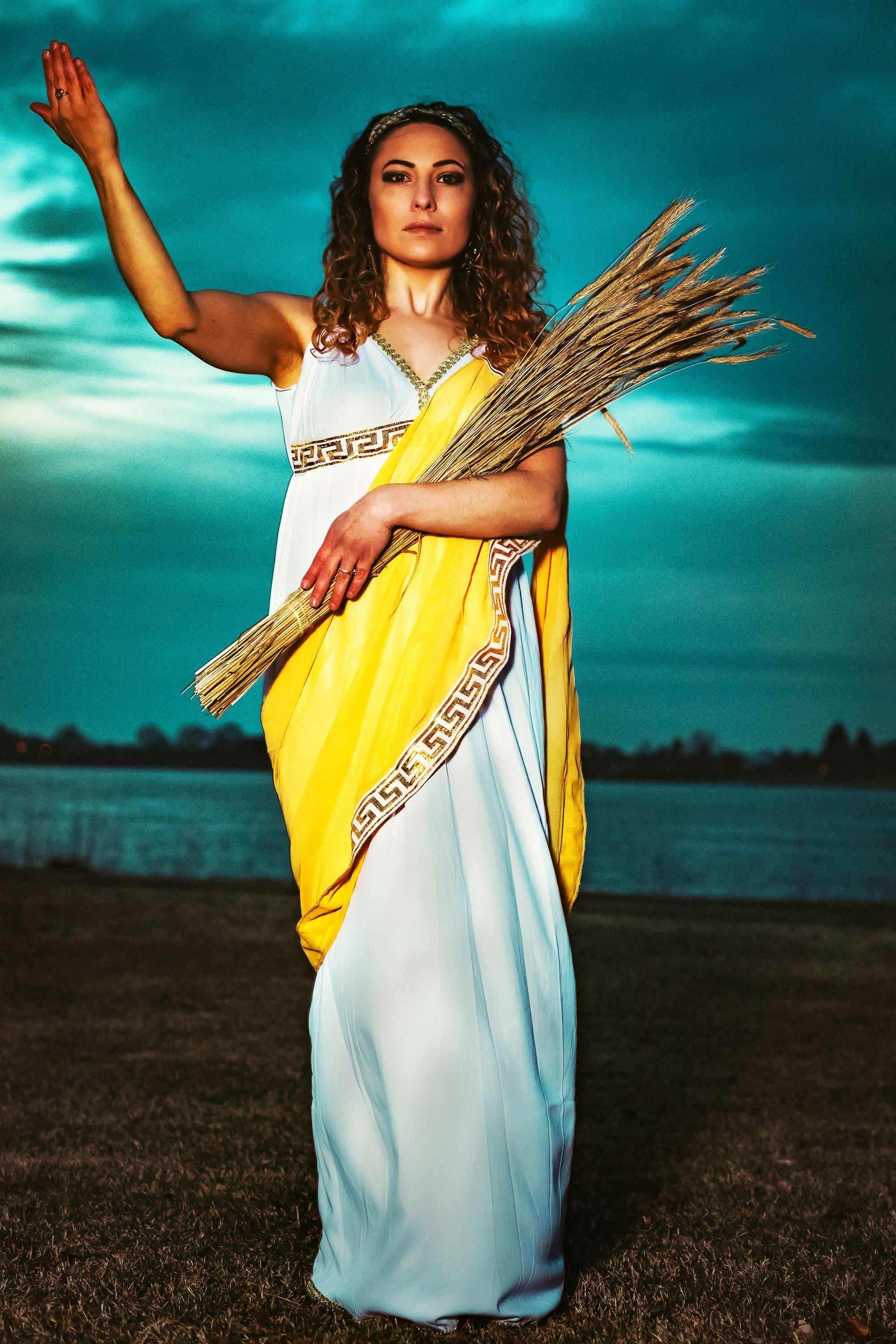
"In the story of Pandora’s box from Greek mythology, the opening of the box released terrible evils into the world, including sickness, pain, poverty, war, and death. The box was not left empty though, because Elpis, the Greek spirit of hope, remained. Elpis was often imagined as a young woman, the way I have imagined her in this image. She is a reminder that although we must endure many evils in life, hope will always remain."
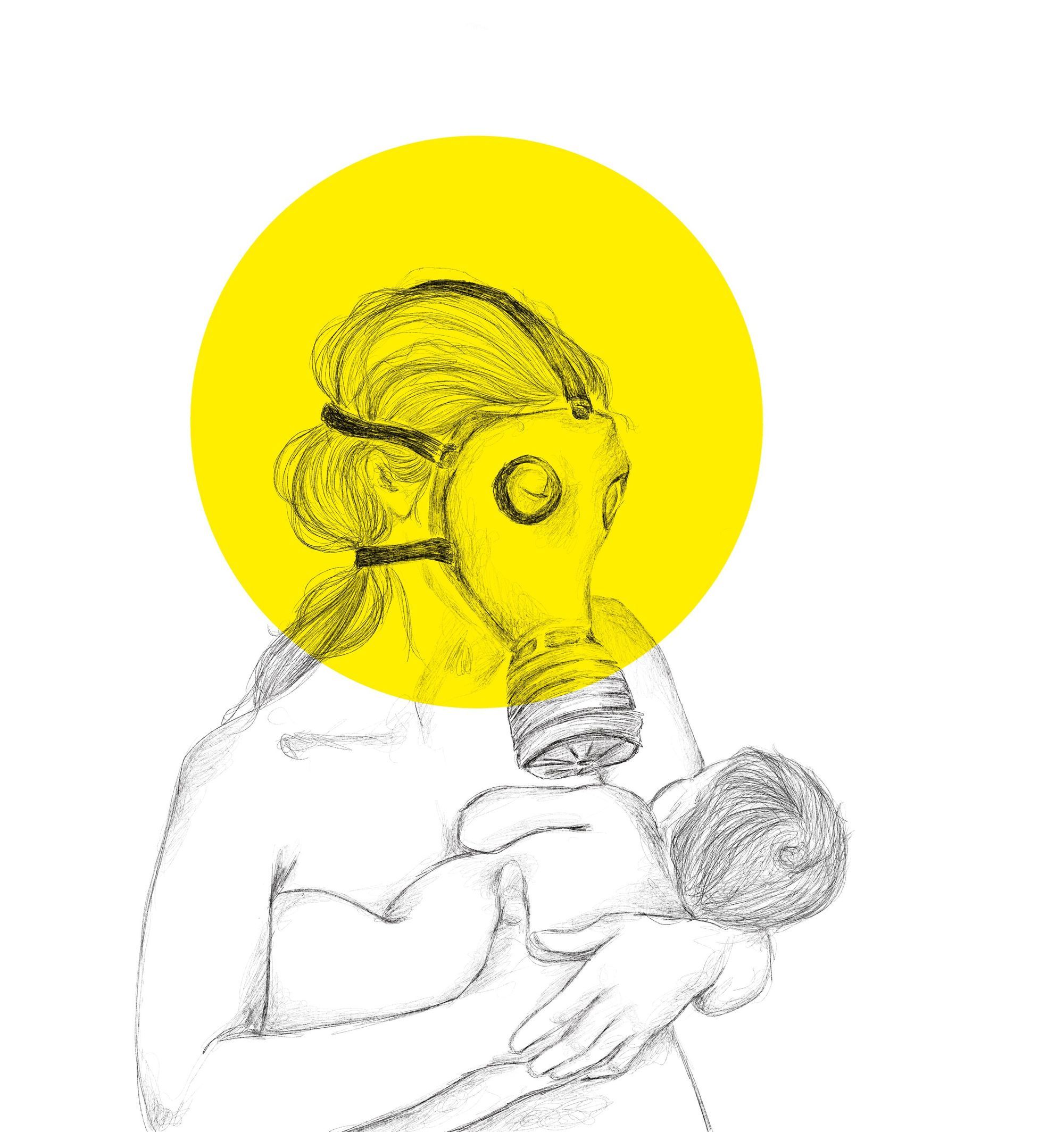
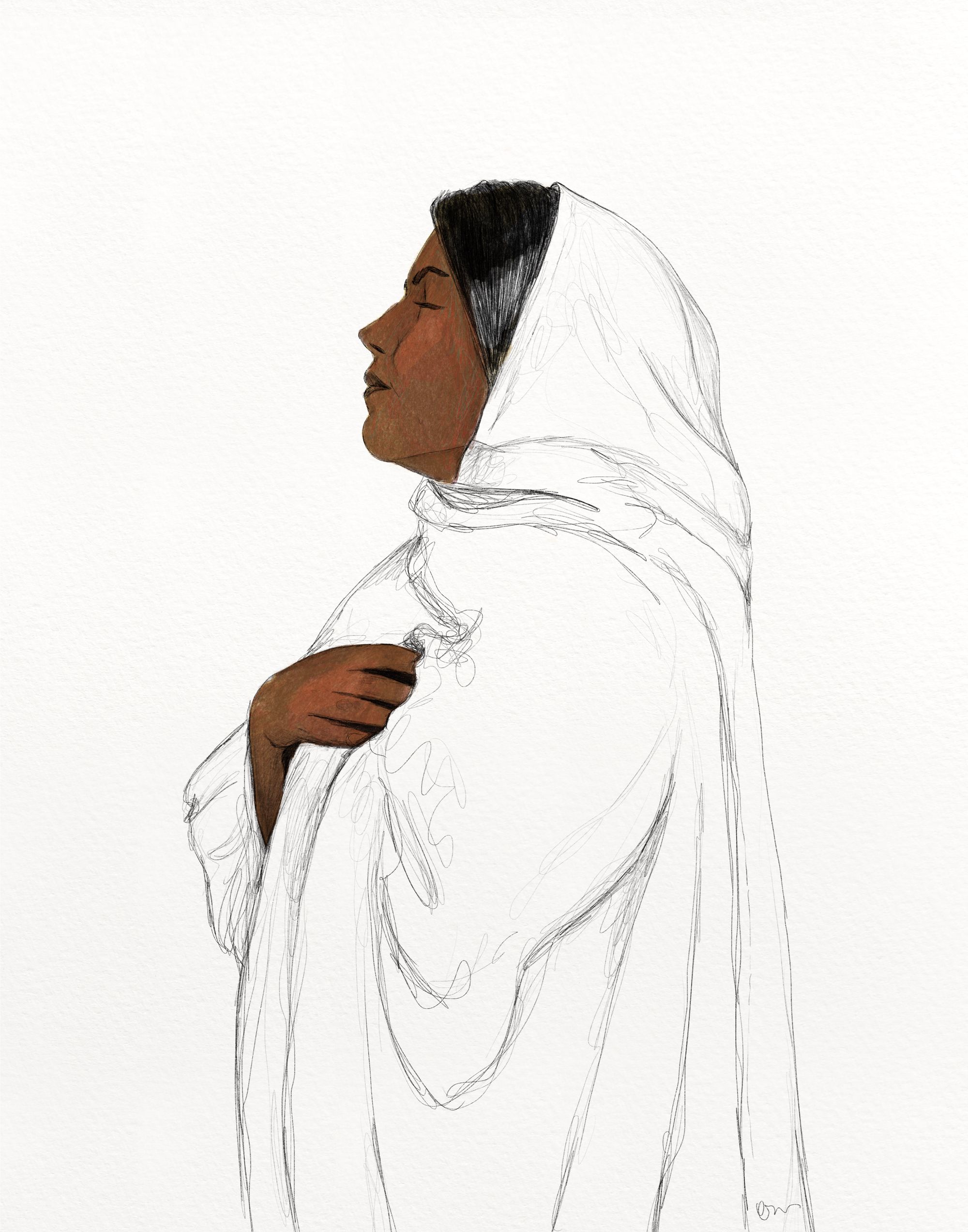
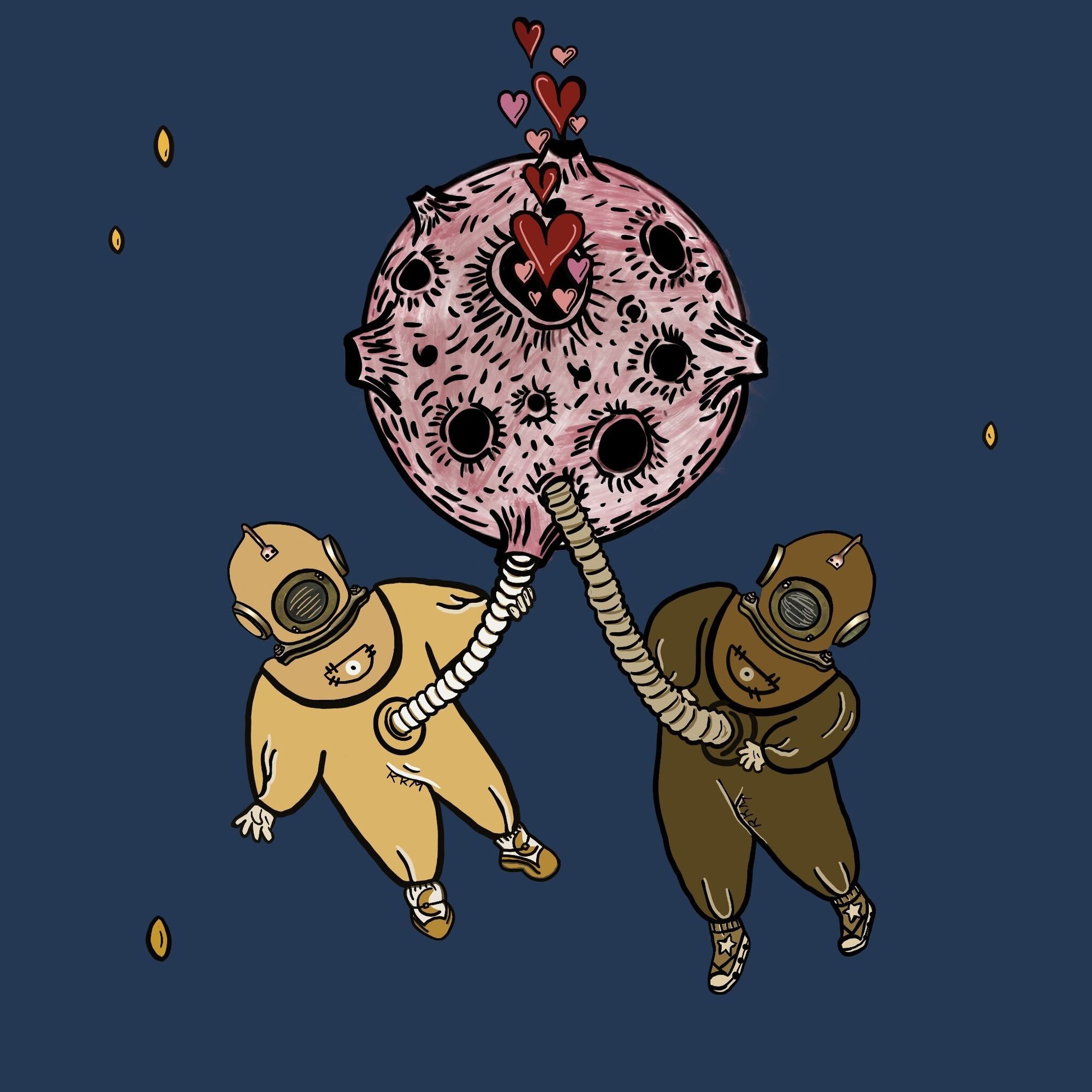
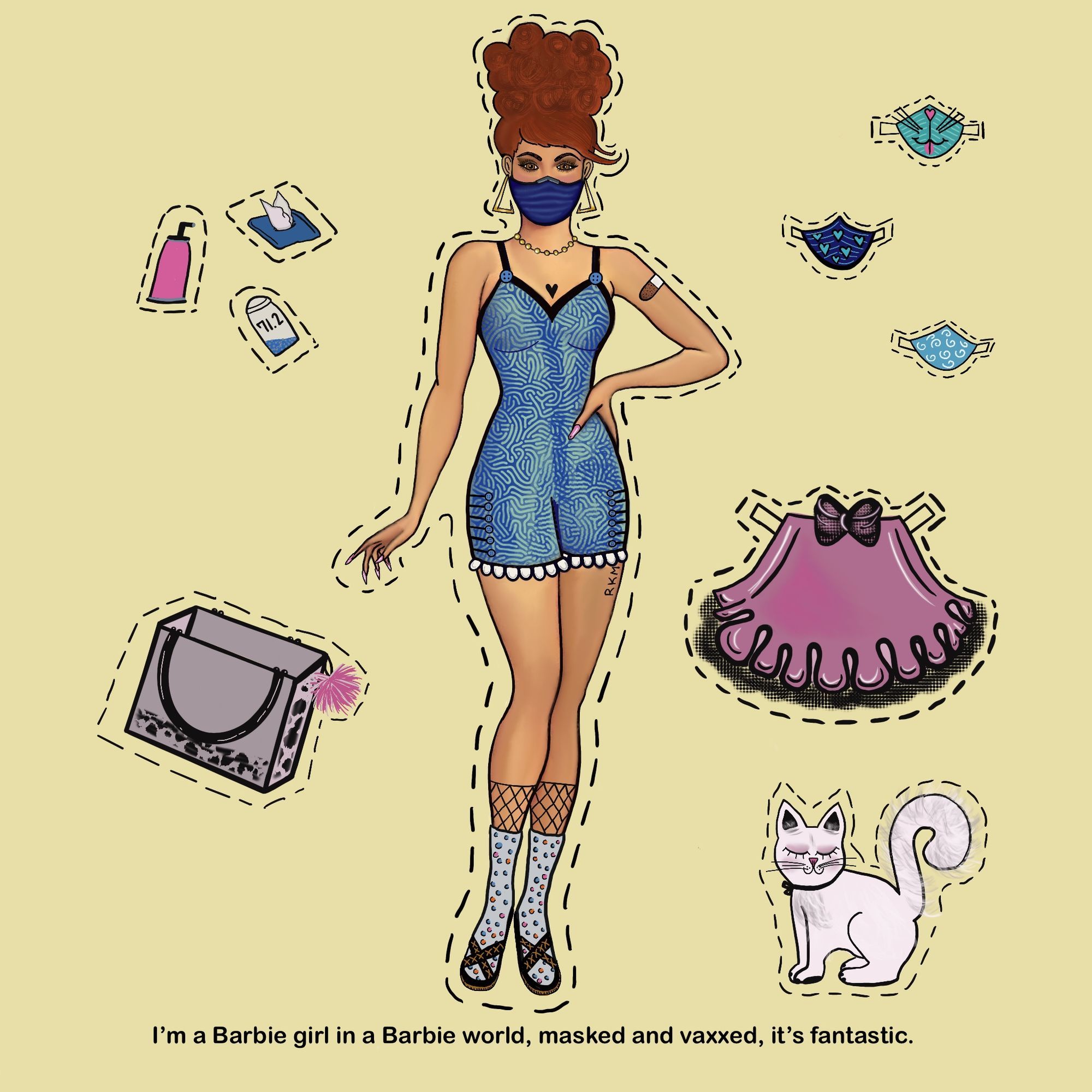
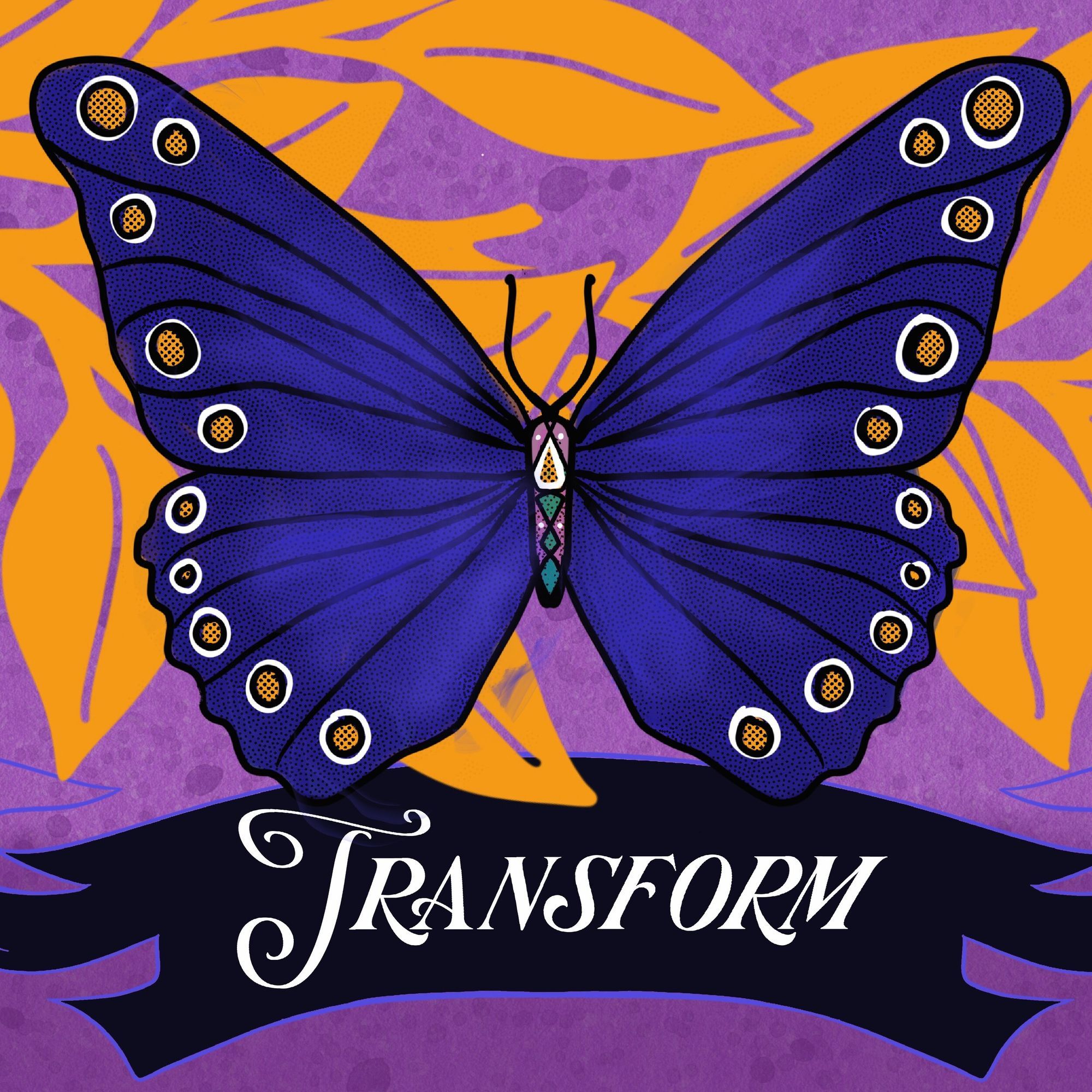
"The hard times transform us. We break but rebuild in beautiful ways. Gratitude, love, and hope fuel the transformation."
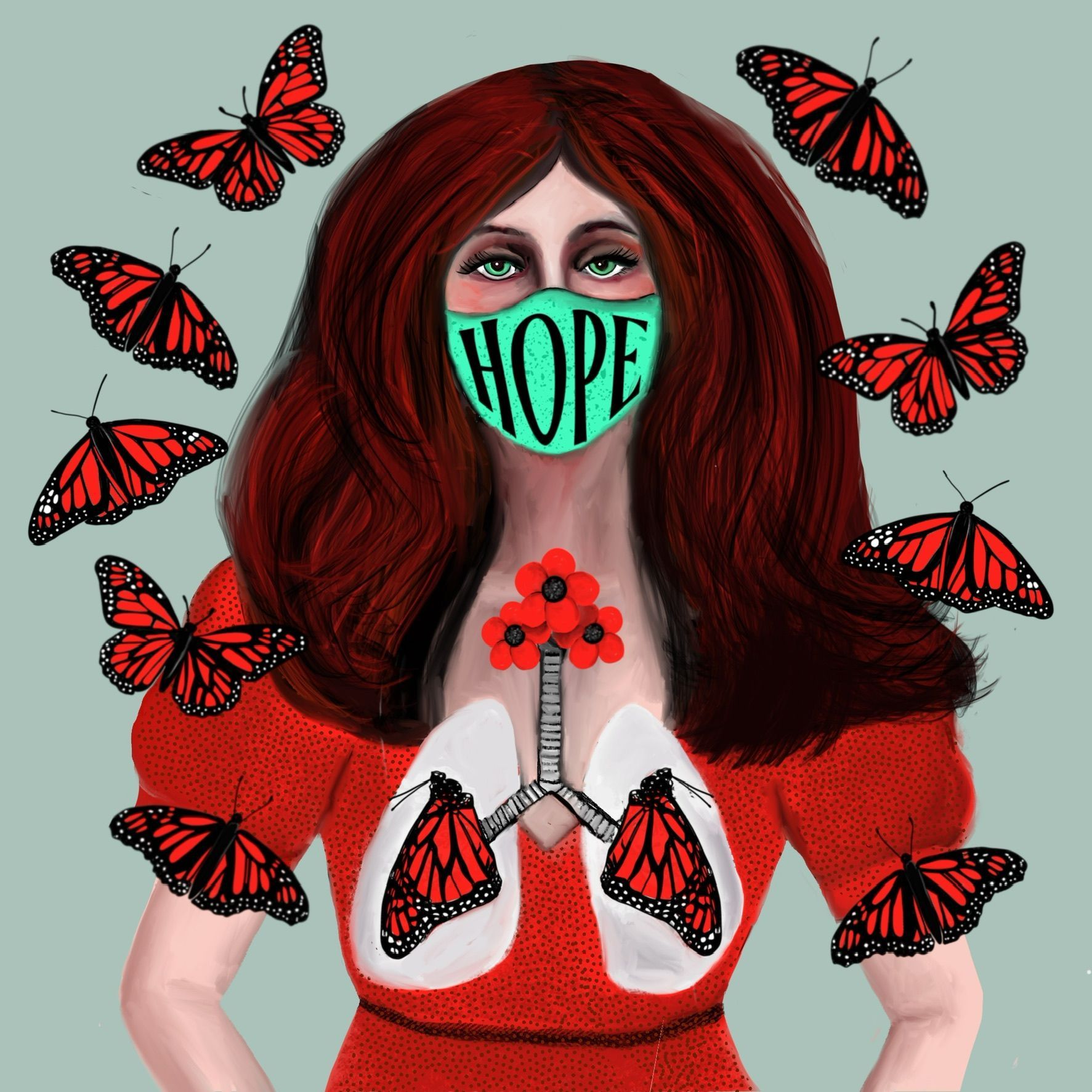
Ashleigh Rogers is a Tri-Cities artist who wears many hats. One of her latest projects involves investigating how COVID-19 has changed our world, and uncovering the community's vision for the future.


